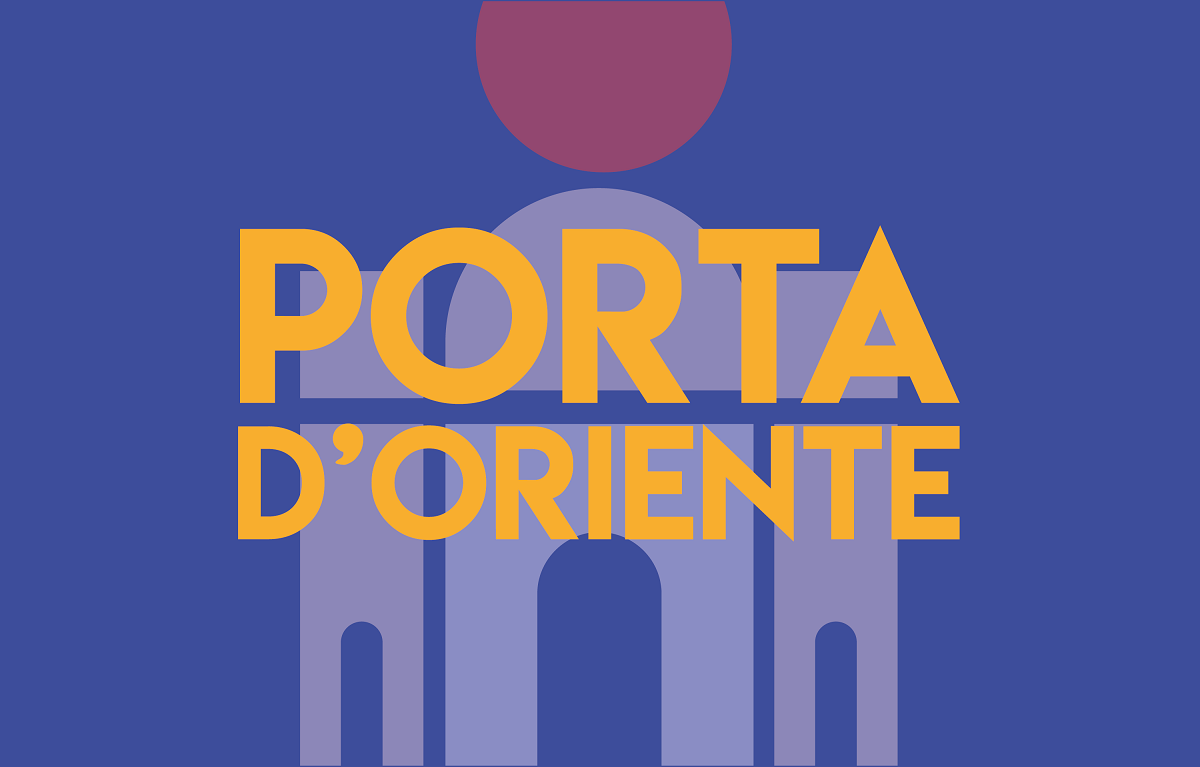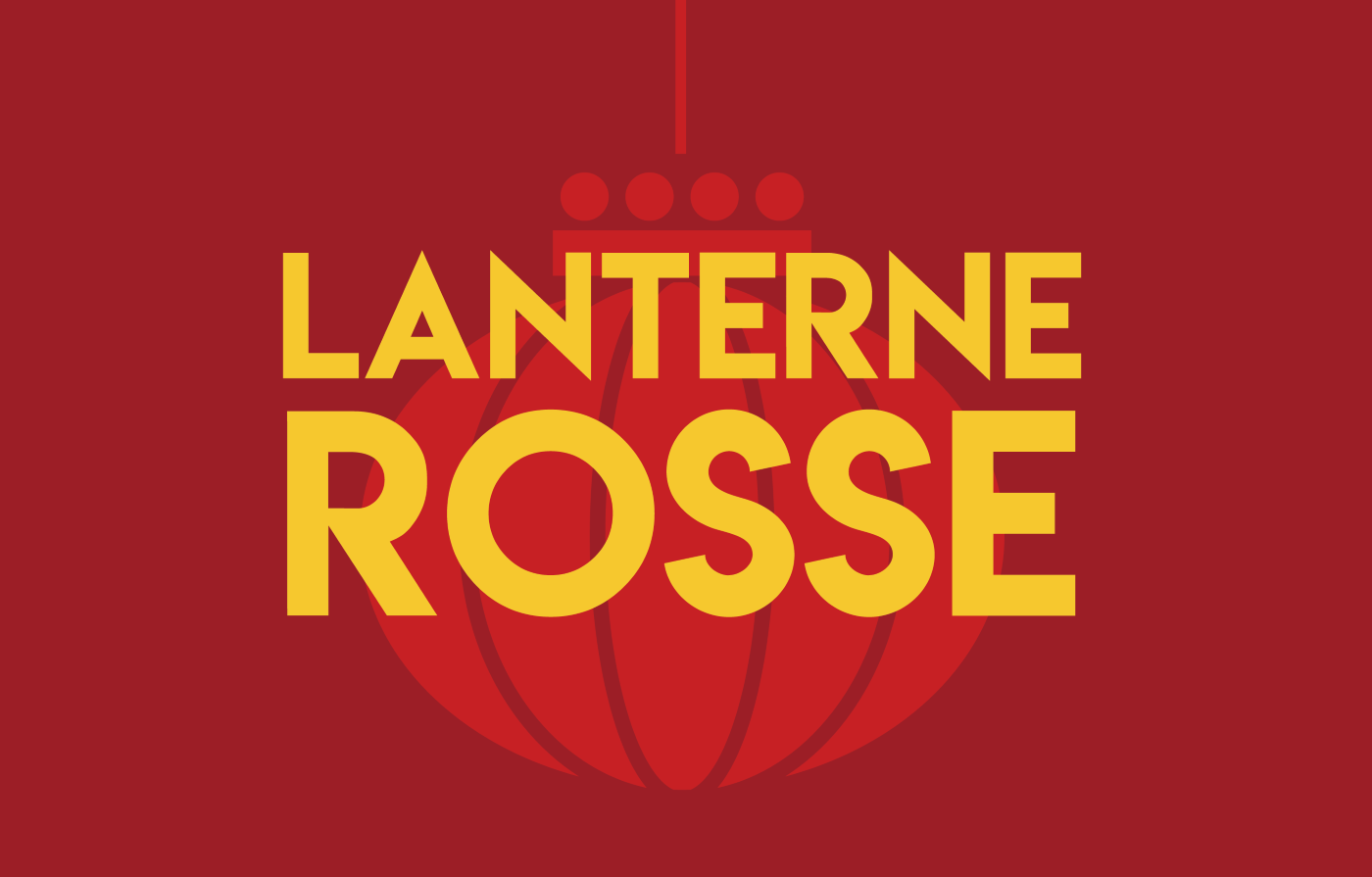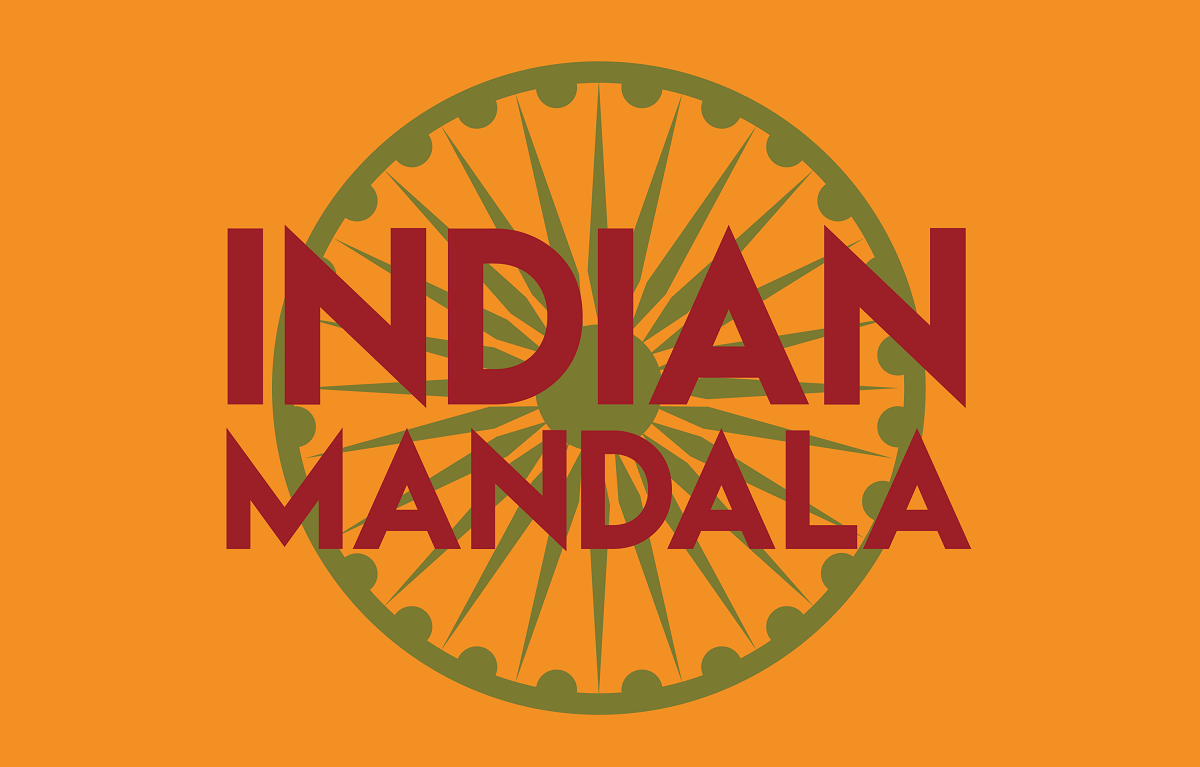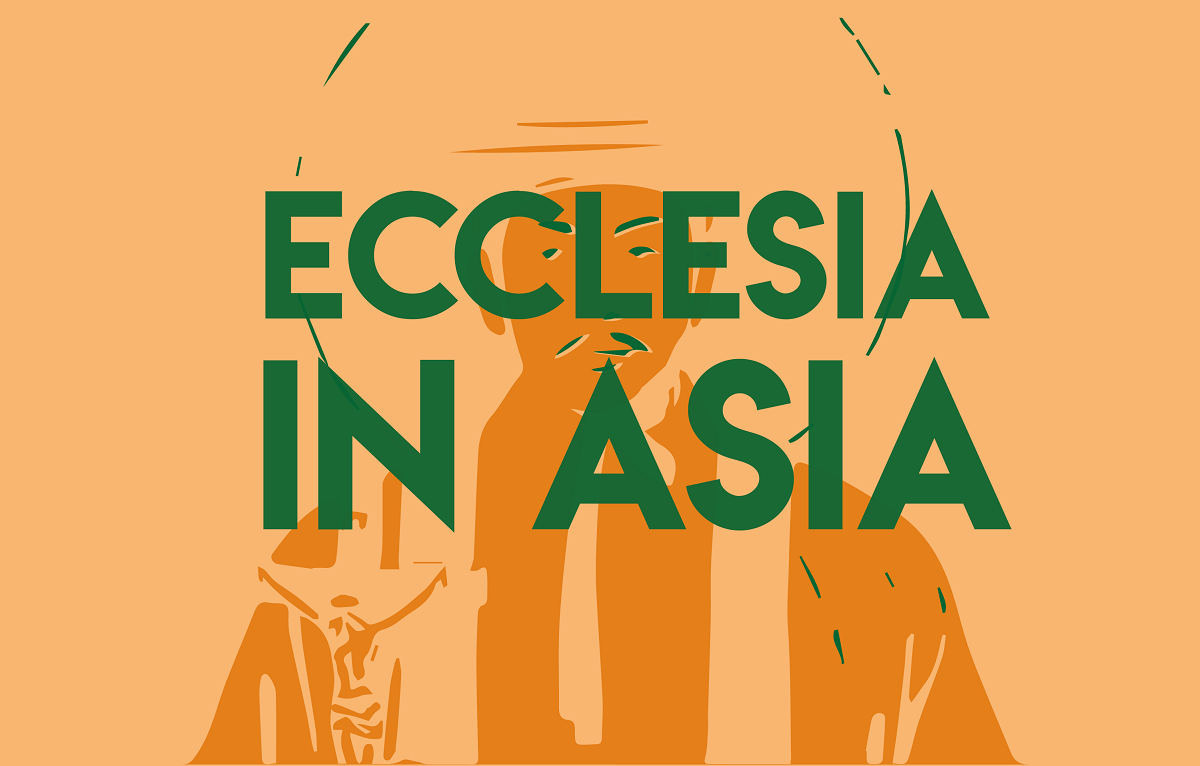New school year to mark start of the new school reform
The "K to 12" system has been revised by splitting the last two years into two different tracks, university vs technical-vocational, for better job prospects. Critics note the serious lack of facilities and low spending on education (3.6 per cent of GDP), one point below what is recommended by UNESCO.
Manila (AsiaNews/Agencies) – The new school year began yesterday in the Philippines, marked by yet another educational reform to fix some critical issues in the existing system introduced between 2012 and 2013.
Until 2011, the Philippine system was one of the shortest in the world, "K to 10", which lasted only 10 years; for this reason, it was not considered in line with international standards. In 2012, it was reformed with K12 replacing K10.
The new model provided for a year of kindergarten (K), followed by 12 years of primary, secondary, and high school (K to 12).
Two additional years of school represent a significant cost for families and for the government, but the expense was justified by the possibility for students of directly entering the labour force once their studies are completed.
This has not proven the case for those who started in 2012. In 2023, then Secretary of Education Sara Duterte, introduced a reform process that is currently underway to address the contradictions of the current system.
In the meantime, a 2022 World Bank report highlighted the crisis of the country's education system, with approximately 91 per cent of children unable to read and understand a text appropriate for their age. This has made education a political priority.
The reform process started two years ago initially involved elementary and middle schools, while this year's reform concerns the last two years, Senior High School (SHS).
The goal is to make the programme less rigid and more adaptable to students’ needs to prepare them directly for the workplace. The revision provides that in the 11th Grade, the path will split into academic and technical-vocational tracks with five to six core subjects, while previously there were five tracks and 15 core subjects.
This simplification is aimed at reducing the overlap of content and make learning less vague and superficial, reducing the load of notions for both students and teachers.
Unlike the previous model, students can now take some elective courses, based on what their school offers. Thus, young people are directly involved in building their curriculum, free to choose their elective subjects regardless of track, while schools have greater flexibility since they do not have to guarantee every subject.
However, there are some shadows; for example, the 2023 reform replaced the mother tongue course with a more generic language course.
The new programme focuses on general communication skills and is taught in the main language spoken by students, while in the existing model priority was given to the mother tongue rather than that of the majority. This penalises minority languages in favour of a much simpler model to implement.
K12’s declared objective and its revision is to prepare students directly for work; but this is criticised by those who, on the contrary, think that, for society, it is preferable to give priority to the development of critical thinking rather than simply train workers for the labour market, notwithstanding the high level of youth unemployment.
Meanwhile, another reform introduced in March allows middle school (10th grade) and high school (12th grade) graduates to directly apply for government jobs that previously required two years of university education.
For critics, the proposed reform alone cannot solve an educational crisis due mainly to poor school facilities and a shortage of qualified teachers. In fact, the Philippines spends only 3.6 per cent of its GDP on education, far lower than the 4.6 per cent recommended by UNESCO.
The great ambitions of the new model have not really been accompanied by adequate funding. Teachers continue to complain about inadequate wages and having to shoulder the burden of revising the curriculum without the training needed to adequately prepare them for the current K12 reform.
13/10/2017 22:50





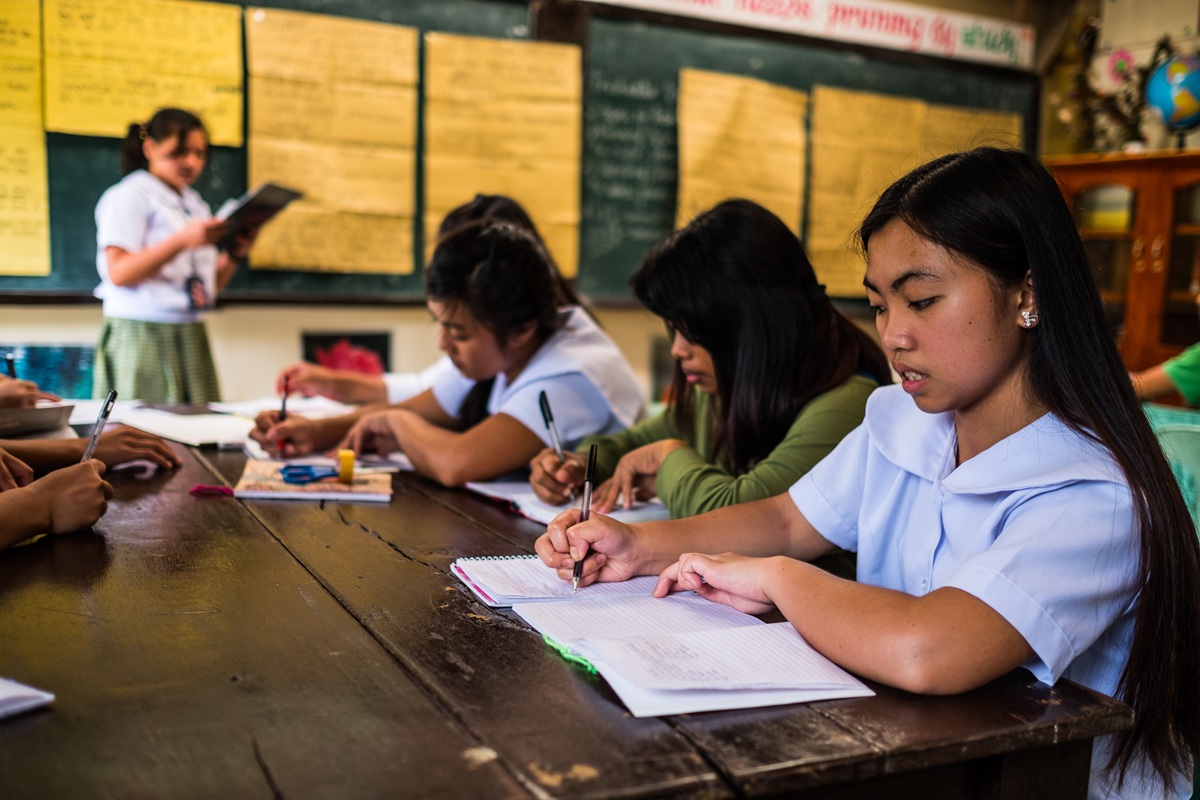

.png)
